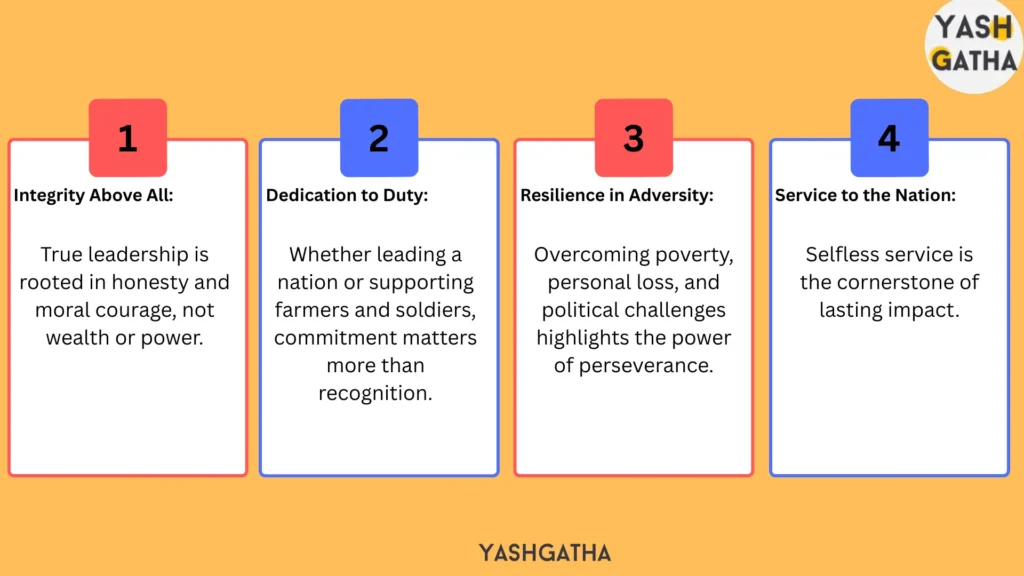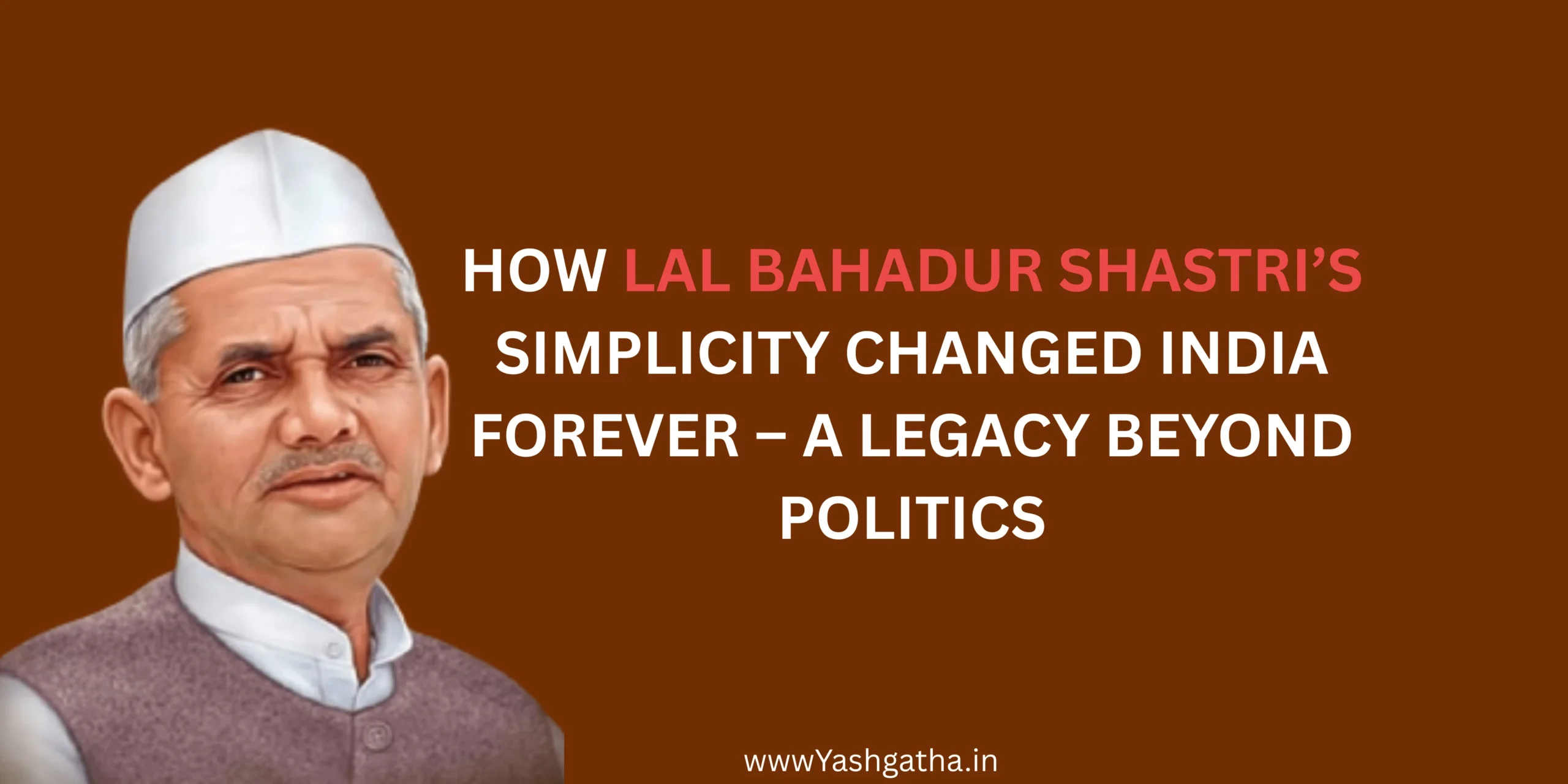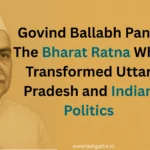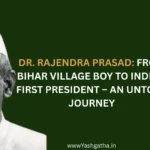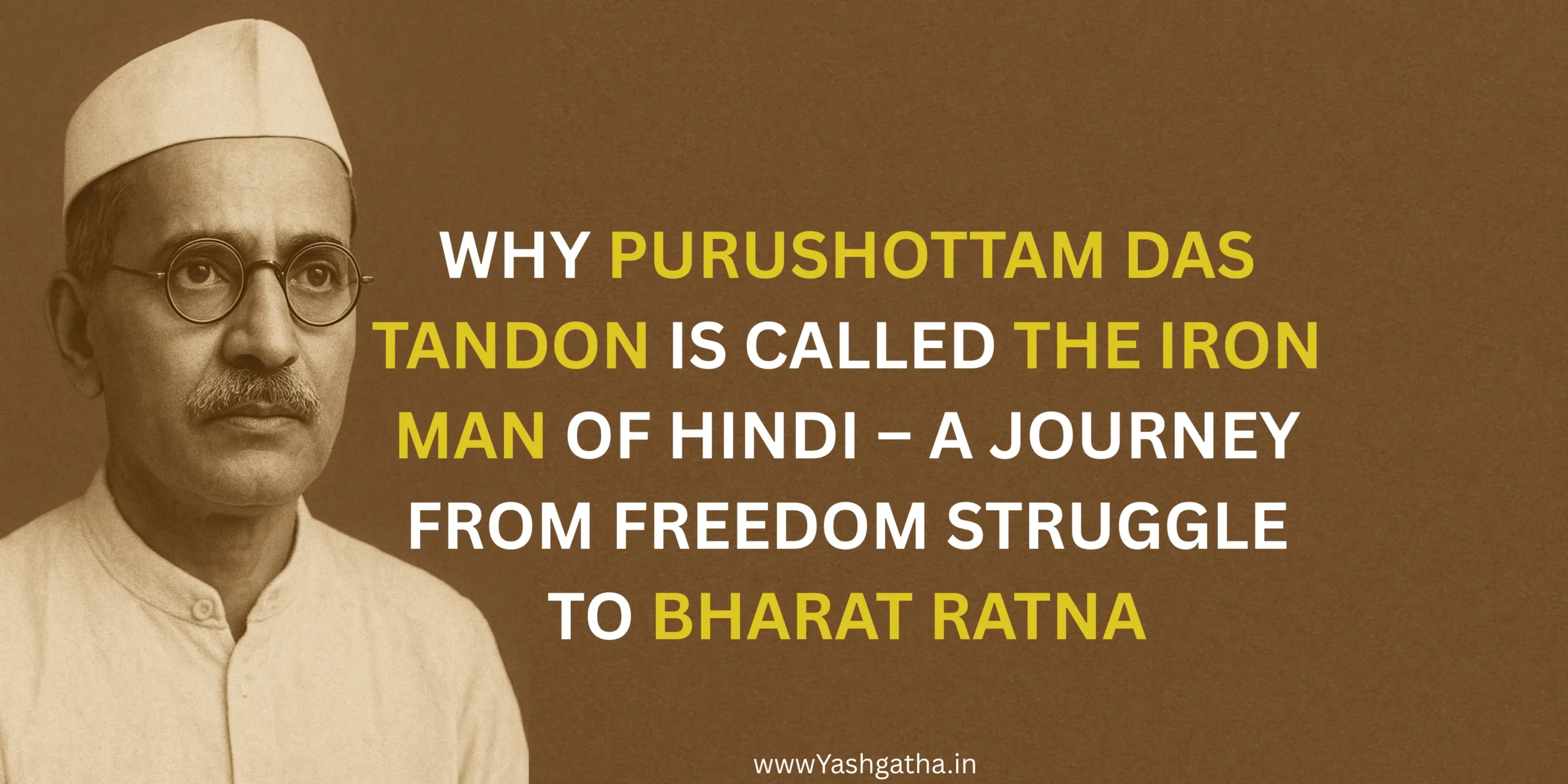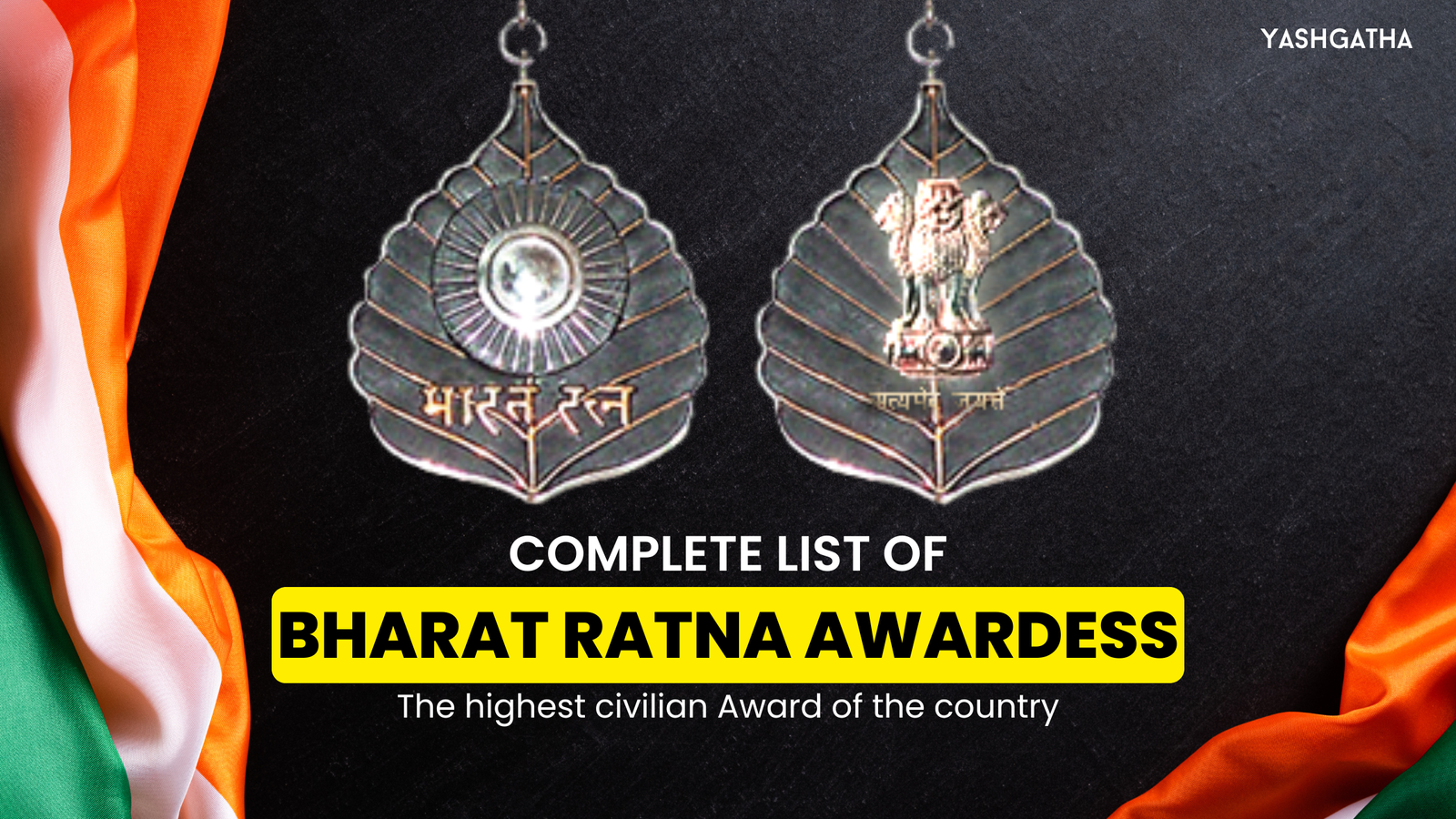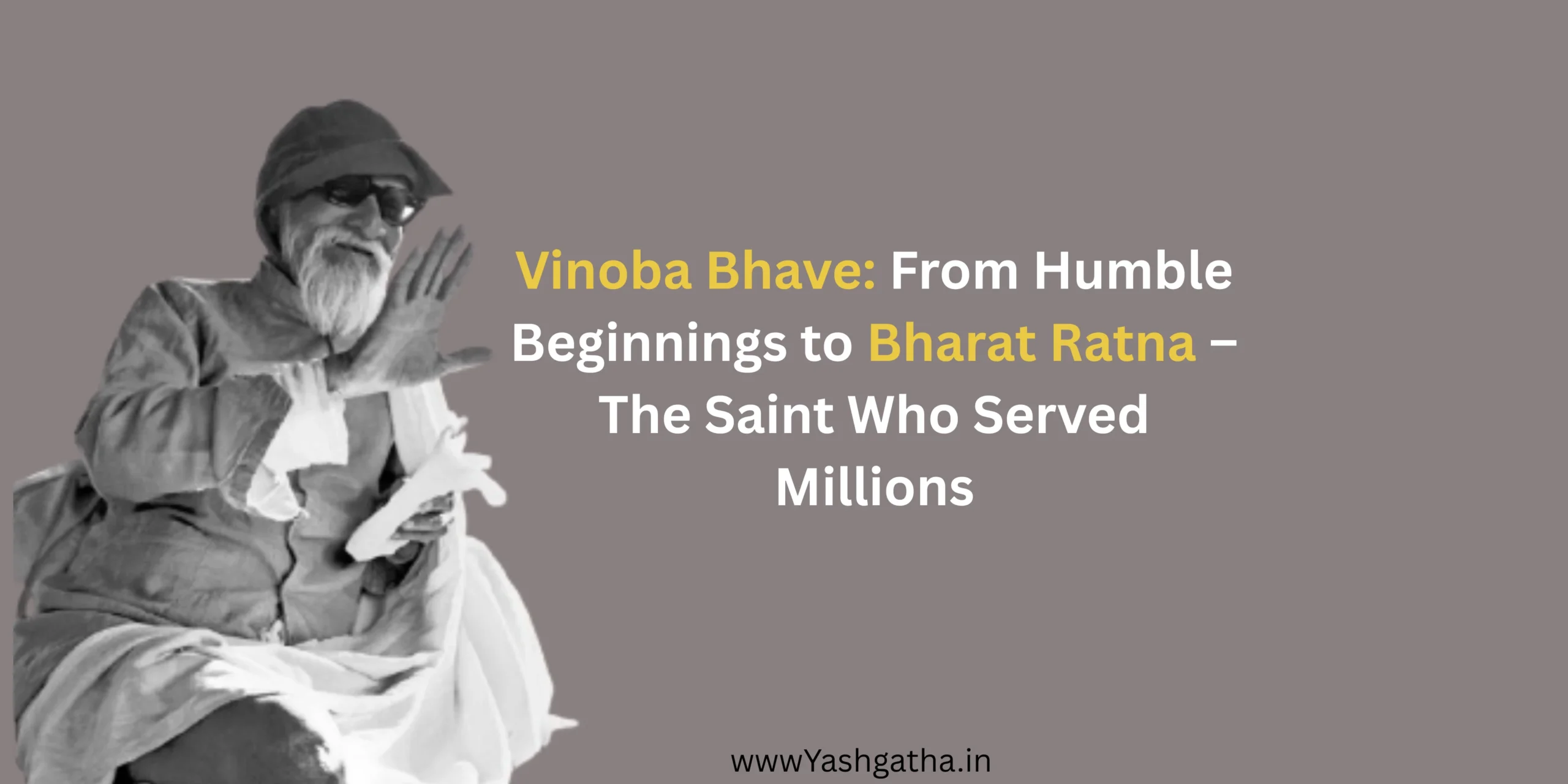Lal Bahadur Shastri, born on 2 October 1904 in Mughalsarai, Uttar Pradesh, rose from humble beginnings to become India’s second Prime Minister, earning the nation’s highest civilian honor, the Bharat Ratna in 1966, and is celebrated for his unwavering integrity, simplicity, visionary leadership, and the unforgettable slogan “Jai Jawan Jai Kisan,” which honored both the soldiers defending the country and the farmers feeding it, leaving behind a legacy of courage, selflessness, and inspiration for generations to come.

Lal Bahadur Shastri, India’s second Prime Minister, is remembered as a leader who embodied honesty, humility, and courage. Rising from humble beginnings in Uttar Pradesh, he led the nation through the Indo-Pak war of 1965 and gave the historic slogan “Jai Jawan Jai Kisan,” honoring both soldiers and farmers as the true pillars of India. Posthumously awarded the Bharat Ratna in 1966, Shastri’s life story is not just history — it’s a timeless lesson in simplicity, sacrifice, and selfless leadership.
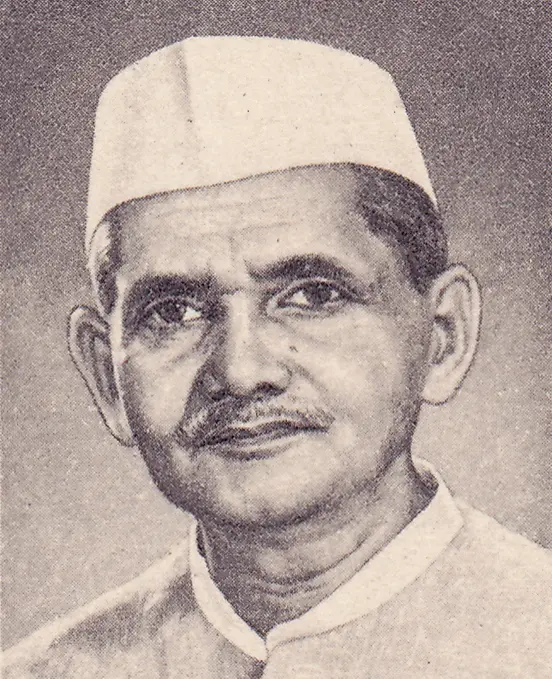
Early Life & Challenges :
Lal Bahadur Shastri was born on 2 October 1904 in Mughalsarai, a small town in Uttar Pradesh, into a humble family. His father, Sharada Prasad Srivastava, passed away when Shastri was just a toddler, leaving his mother to raise him with limited resources. From a very young age, he faced financial hardships that could have easily derailed his education and dreams.
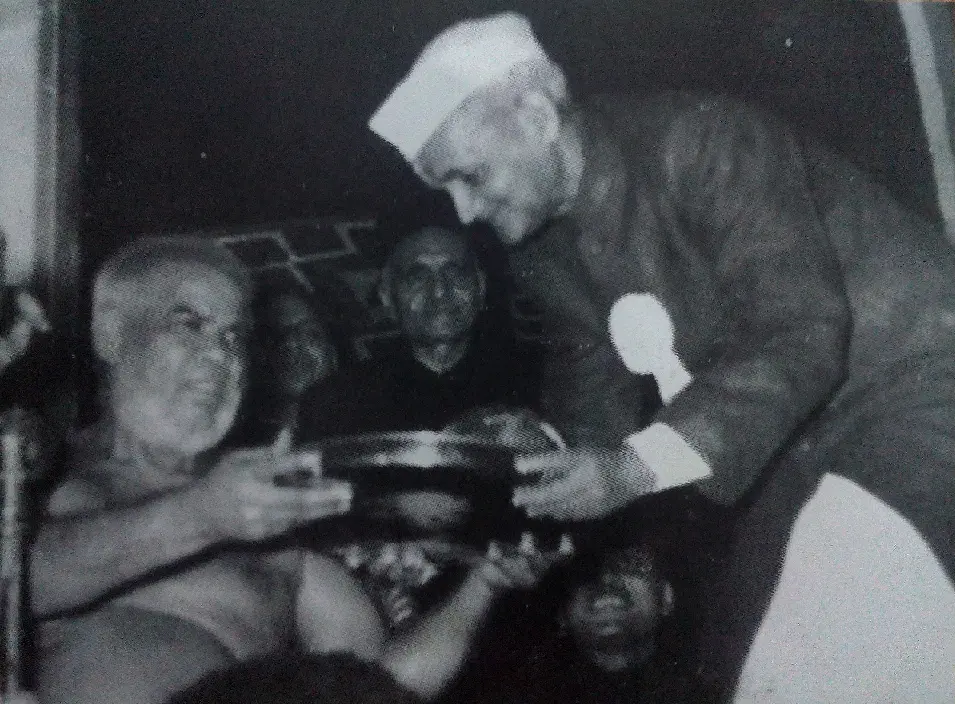
Despite these obstacles, Shastri was determined to study. He often walked miles barefoot to reach school and studied under dim streetlights, showing early signs of resilience and perseverance. His mother’s guidance instilled strong moral values, humility, and a deep sense of empathy, qualities that defined his future leadership.
During his youth, Shastri also became actively involved in India’s freedom struggle, joining student movements and protests inspired by Mahatma Gandhi. Balancing his education with activism, he endured imprisonment and societal challenges, yet never wavered from his principles.
The Turning Point :
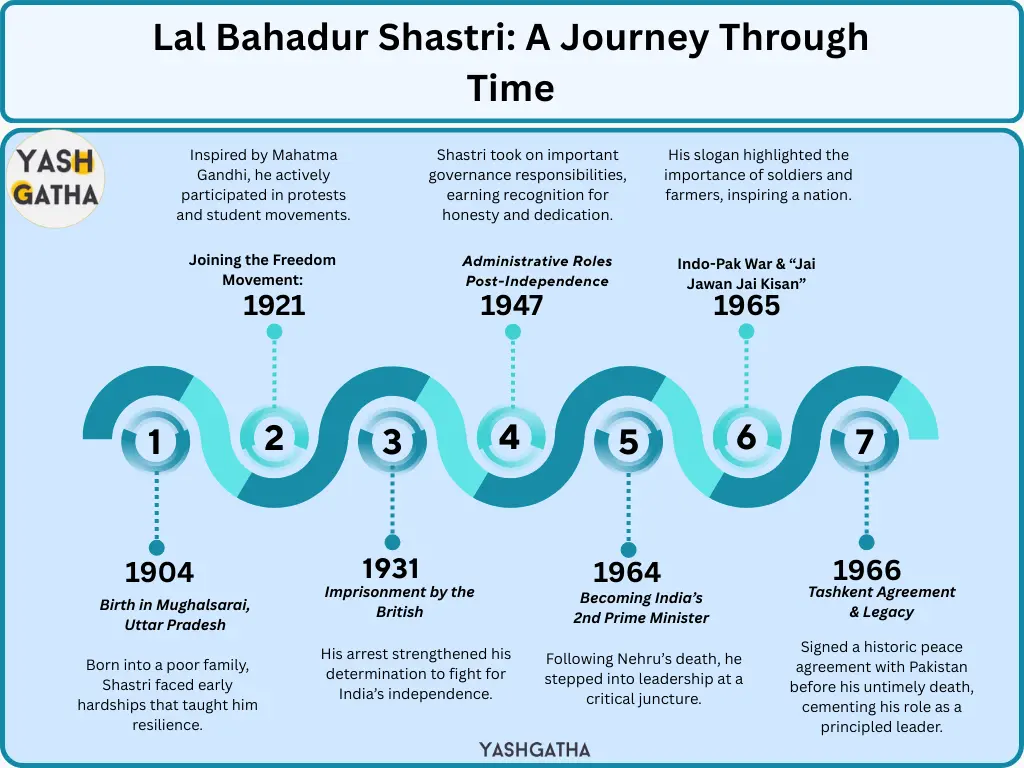
The Recognition & Award :
Lal Bahadur Shastri’s life of service, integrity, and leadership earned him the highest accolades in India, reflecting his immense contribution to the nation.
- Bharat Ratna (1966, Posthumously): India’s highest civilian award, recognizing Shastri’s unwavering dedication to the country, his visionary leadership, and his moral courage.
- Global Recognition: Internationally respected for his role in the Indo-Pak war of 1965 and for promoting peace through diplomacy, including the Tashkent Agreement.
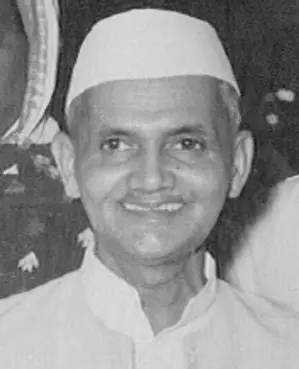
What Changed After the Awards :
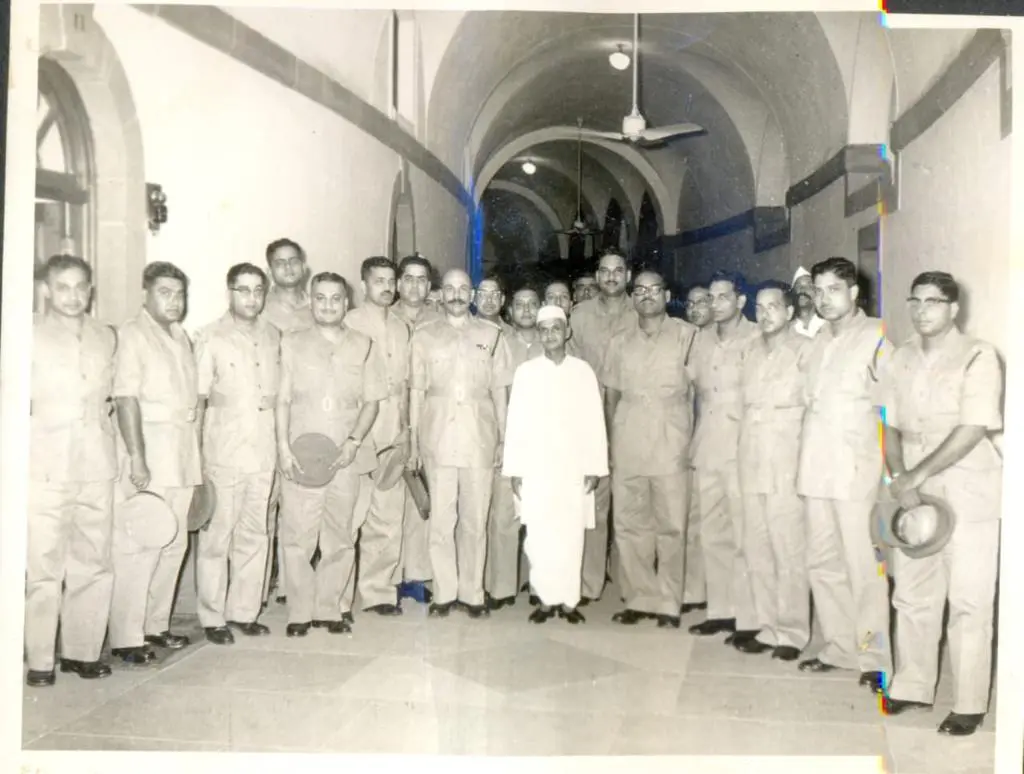
credit:wikipedia
After being posthumously honored with the Bharat Ratna in 1966, Lal Bahadur Shastri’s life and legacy continued to inspire generations across India and the world:
- National Icon: Became a symbol of honesty, humility, and integrity in Indian politics.
- “Jai Jawan Jai Kisan” Legacy: The slogan continued to influence agricultural and defense policies, honoring soldiers and farmers.
- Educational Inspiration: His life story started being taught in schools and colleges as a model of principled leadership.
- Monuments & Institutions: Statues, roads, universities, and awards were named in his honor across India.
- Global Recognition: Remembered internationally for his diplomacy and role in the Tashkent Agreement.
- Influence on Governance: Inspired future leaders to prioritize simplicity, ethics, and public service over personal gain.
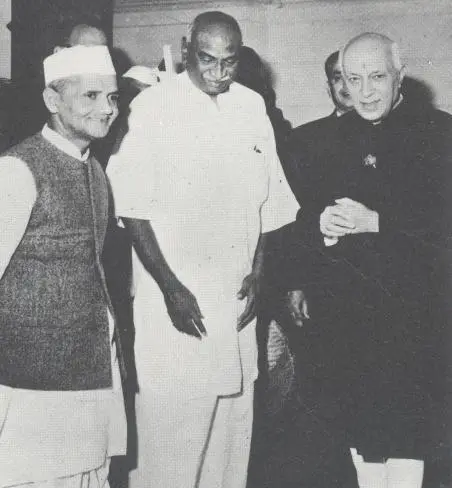
Yashgatha Takeways:
